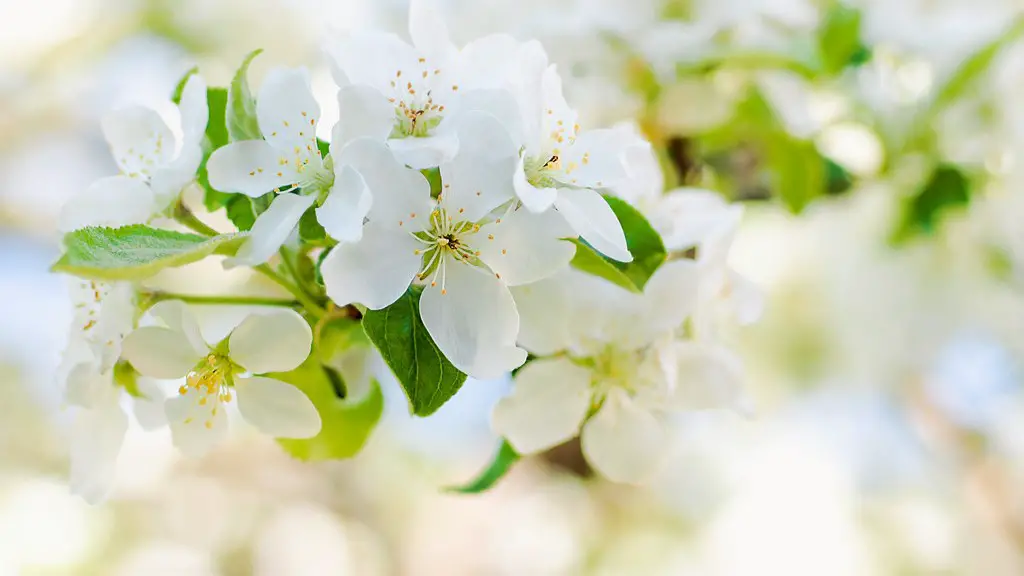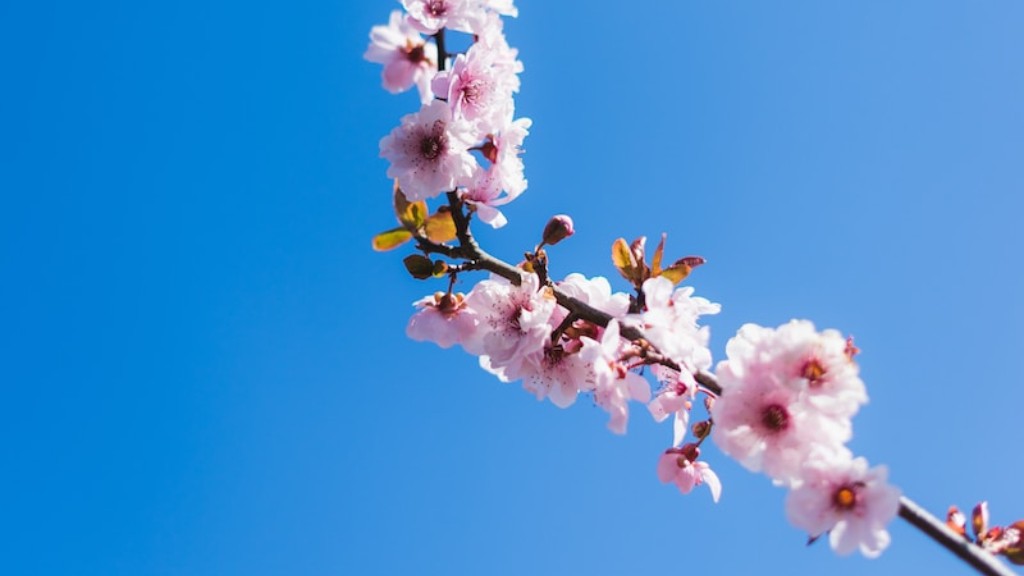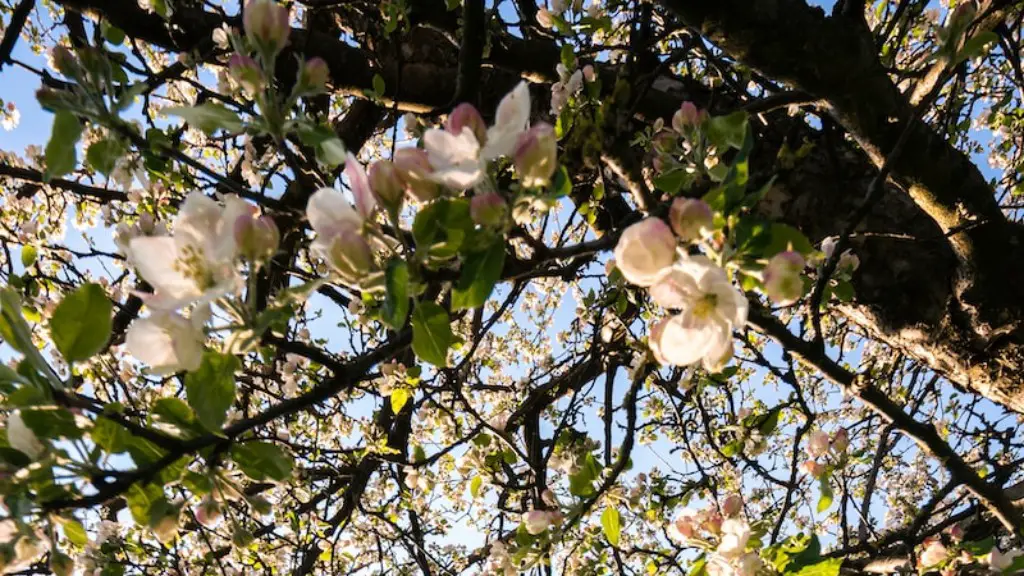Pruning your sugar apple tree is important to maintain healthy growth and fruit production. It involves removing any dead, dying or diseased branches, thinning the canopy and improving air circulation. Here are some tips to help you prune your sugar apple tree:
Firstly, use pruning shears or loppers to remove any dead, damaged or diseased wood. If you decide to use loppers, make sure to sharpen them beforehand to avoid any tears or scars in the wood. Also, keep in mind that it’s best to prune early in the season before new growth begins. This will help protect the tree from potential disease and insect infestation.
Secondly, prune the canopy to maintain a open, symmetrical shape. Selectively thinning the tree canopy helps reduce the amount of excessive foliage, which can lead to overcrowding and reduce air flow. This in turn can create an ideal environment for disease and pests.
Thirdly, prune branches that are rubbing or crossing one another. These branches can create wounds in the tissue and open entryways for disease and pests. To prune, locate the crossing branches and decide which one should be removed. Make sure to use sharp, clean pruning tools to ensure a smooth cut.
Fourthly, remove any unwanted suckers and water sprouts that are present. Suckers and water sprouts tend to sap energy from the main stem or trunk, competing for available resources and can create an imbalance of growth. Removing these helps to strenghten the overall health of the tree.
Finally, remember to maintain a balanced pruning technique. Avoid topping the tree or removing large portions of the foliage. Doing this can be harsh and can result in long-term damage. Selectively trimming the canopy, removing crossing branches and suckers, and thinning the canopy will help maintain a healthy and productive sugar apple tree.
Harvesting Pruned Sugar Apple Tree
Once pruned, your sugar apple tree will be in its prime ready for harvesting. With the right care and maintenance, you can expect a large crop of sugar apples. To ensure a plentiful harvest, try to leave only one or two fruits per healthy branch. This will not only increase the size of the fruits but also reduce stress on the tree and maintain a healthy, balanced canopy.
To harvest, simply twist the sugar apples off the branches, taking care not to break the branches. If you notice any signs of disease during harvest, discard those fruits immediately and disinfect your pruning tools for future use. For best results, harvest early in the morning when the fruits are still cool from the night.
Finally, inspect all the harvested fruits for any signs of damage, pests, or diseases. Discard any fruits that have been damaged by birds or pests. Selectively keep the fruits that are in good condition and store them properly in a cool, dry and dark place for future use.
Fertilizing For Optimal Growth
Fertilizing your sugar apple tree is an important step to ensure that it produces large, healthy and sweet fruits. Organic fertilizers can provide a nutrient-rich soil environment to ensure the tree grows and bears abundant produce. In general, it is best to fertilize the tree during the summer and fall growth period two to three times a year.
When feeding your tree, it is important to use a fertilizer or compost that is rich in Nitrogen and other key micronutrients. Monitor the soil for any deficiencies and adjust your fertilizer accordingly. Apply the fertilizer around the perimeter of the root zone and water deeply to ensure the fertilizer reaches the roots. After fertilizing, mulch around the tree to lock in moisture and to provide weed control.
Another important factor to consider is to prune your tree each year. This helps to balance out the number of leaves, maintain an even canopy and remove any unwanted suckers or water sprouts. Additionally, pruning your tree helps to increase air flow and reduce the risk of disease, pests and leaves.
Trimming Roots For Shape
Trimming the roots of your sugar apple tree can also be beneficial for shape and size. This includes removing any damaged or dead wood, which can disrupt the stability of the tree and could encourage disease growth. Trimming is best done in early winter when the tree is dormant and prior to any potential frost. To trim the roots, use a sharp pruning tool to remove dead, decaying or damaged wood.
Also, be sure to prune deepest roots where debris may become trapped. Debris can be quickly cause root rot, which can slowly kill off the tree. Finally, be sure to water the tree regularly both before and after trimming as this can help reduce shock caused by the trimming.
Managing Pests and Diseases
Pests and diseases can be a problem for sugar apple trees. To avoid these issues, make sure to inspect the leaves and the canopy ocassionally. Look for any mites, aphids, caterpillars or rusty spots on the leaves. If you do notice any evidence of infestation, immediately take steps to treat the tree. Applying an pesticide made specifically for fruit trees can be helpful.
It is also important to prune any dead or damaged limbs as these can create entryways for pests and diseases. Additionally, be sure to maintain good air flow by trimming the canopy and removing any overcrowded branches. This can help reduce the humidity and increase air flow which will in turn make it more difficult for infestation.
Optimal Light and Watering
Another key aspect to consider is the amount of water your sugar apple tree needs. Mature trees generally need an inch of water per week to ensure healthy growth and deep root development. This can be done through regular rain or by hand. Aim to fiercely soak the soil around the tree and avoid any runoff. Additionally, applying mulch can help retain moisture during dry periods.
In terms of light, sugar apple tree does best with a full sun exposure. This ensures that the leaves are getting the optimal amount of sunshine for photosynthesis and growth. To improve light exposure, make sure to prune any overcrowded branches and limbs that may be blocking the bright light from reaching the entire tree.
Finally, it is important to keep the ground clean and free of weeds and debris. This helps to reduce competition for nutrition and to prevent disease and pests. Additionally, practice organic gardening techniques and regular composting to provide an extra nutrient boost to the soil.




